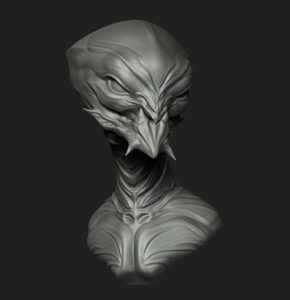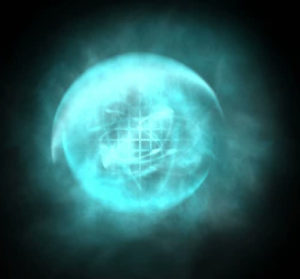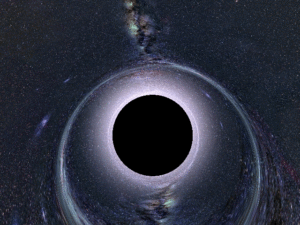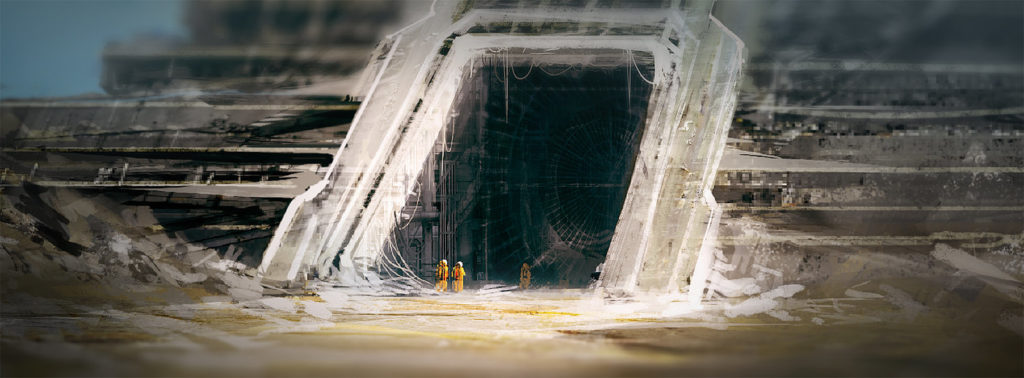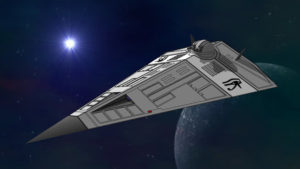Well, Game 5 is over. We’ve done a pretty good job the last few months of playing once a month. This last game got delayed due to a death in the family and then again by my mom breaking her hip, but we got back on track.
I’m real happy with the way this campaign has turned out. My players seem to enjoy not being shot at. They are into the characters and the exploratory adventure theme of the setting. Sure, we’ll do more shooting soon, and some ship combat. After all, we have miniatures now!
Doing the 3 hour play sessions has been really good. I don’t know why that seems short. I guess because our GURPS sessions started out at 5 or 6 hours. I felt a lot of pressure to have a lot of stuff ready, and to really be able to think on my feet as ref. As I’ve said before, it’s easier to prepare for 3 hour session. Another benefit is that it allows me to have these nice breaks in which to really think about where the campaign should go. What could happen. What would be cool. You never really know what players will do. Usually they do the unexpected, which opens up even more possibilities.
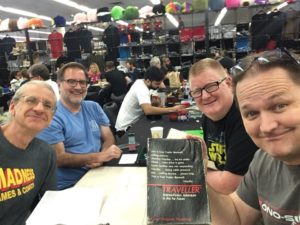
So far in this game the players have only been on two worlds. Mylor, the planet they started on after mustering out of the Scout service, and two worlds in the Precursor system, the moon known as Zal’s World and the now destroyed-by-singularity Precursor Prison Planet. Five games. Three worlds. When you start with Traveller there’s this urge to map out several subsectors very completely. I find that overwhelming. I did map out a few in a very minimal way, but really haven’t fleshed out that much at all. I know a lot of refs enjoy the whole universe building aspect of Traveller, and dig coming up with all this background and details for all the systems. I don’t have that much time. I’d rather make things a bit looser, fill in details as I go, and go into great detail as the players actually encounter things. It’s just more efficient for me. Yes, this means my campaign isn’t as sandbox-style as some people like, but we seem to be doing alright.
The campaign is decidedly space opera-esque. I don’t think my players are very interested in trying to make money hauling cargo from one system to the other and speculating things. I don’t worry about doing hard science fiction. I’ve decided to make up crazy shit (the confined singularity power generator of the Precursor Prison Planet, with a mind embedded in the gravitational structure of the singularity – yes – this is gibberish – and we don’t care). We’re doing cool stuff and heroics and space epic kind of stuff. Adventure. It’s fun.
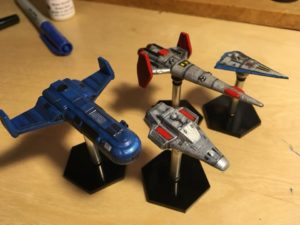
I love point-buy systems. I really do. But damn, it sure is easy to prepare for a Traveller game. In the time it takes me to create a really good NPC in a point-buy system I can pretty much create an entire 3 hour game in Classic Traveller. It would be easy to switch to GURPS Traveller, but I feel like it wouldn’t really be Traveller. It would just GURPS Space, since I don’t even use the standard Traveller universe of the 3rd Imperium. Nothing wrong with the GURPS Space. I just don’t think it would have the same flavor. I feel like Classic Traveller has just enough game mechanics to get by without just being people sitting around a table talking (which of course all these games are, but they need some structure).
A few things I want to do in upcoming games.
- Make sure that in working up every session I give each PC a chance to use their skills – to shine. I think that in the last game I fell short in that area. Each character has stuff he is good at – better than everyone else. I need to make sure they always get a chance to be the hero.
- Do some combat on a big ship. I mean — inside the ship. I want some adventure and danger in a great big starship.
- Do some spaceship combat. It’s pretty deadly, but we can make it really fun. Each PC has skills that are critical to a good space battle — pilot, engineer, gunner.
- Work in some of the PCs background elements. Family, enemies, etc. Give ’em something to worry about!
- Better develop some of the alien cultures. The Glucks, Glee-Cheen, etc. Come up with some new ones.
- Let the relationships with NPCs they’ve met have consequences. Ronda the Pilot, Zal Twist, Iron Balls McGinty, Rawlph the Gluck, etc, etc. Where the PCs have shown kindness, let it benefit them. Stuff like that. A good NPC from their past is always a good person to save their necks, or to get into trouble again and have the PCs save them! It’s a big universe, but hell, people run in similar circles out on the frontier.
- I got a nice notebook to keep the campaign stuff in. Now I need to actually use it. Get organized.
- Read more old science fiction, and new stuff, and steal lots of cool stuff.

